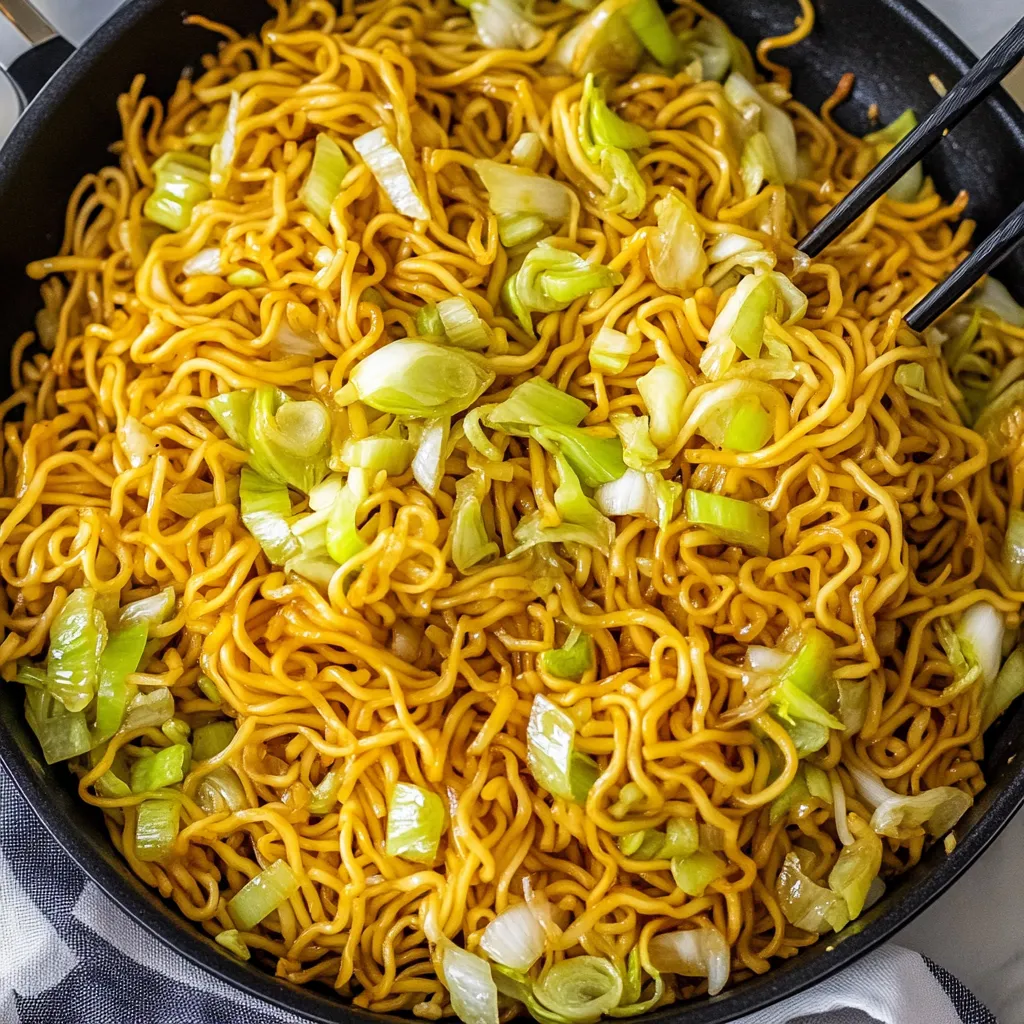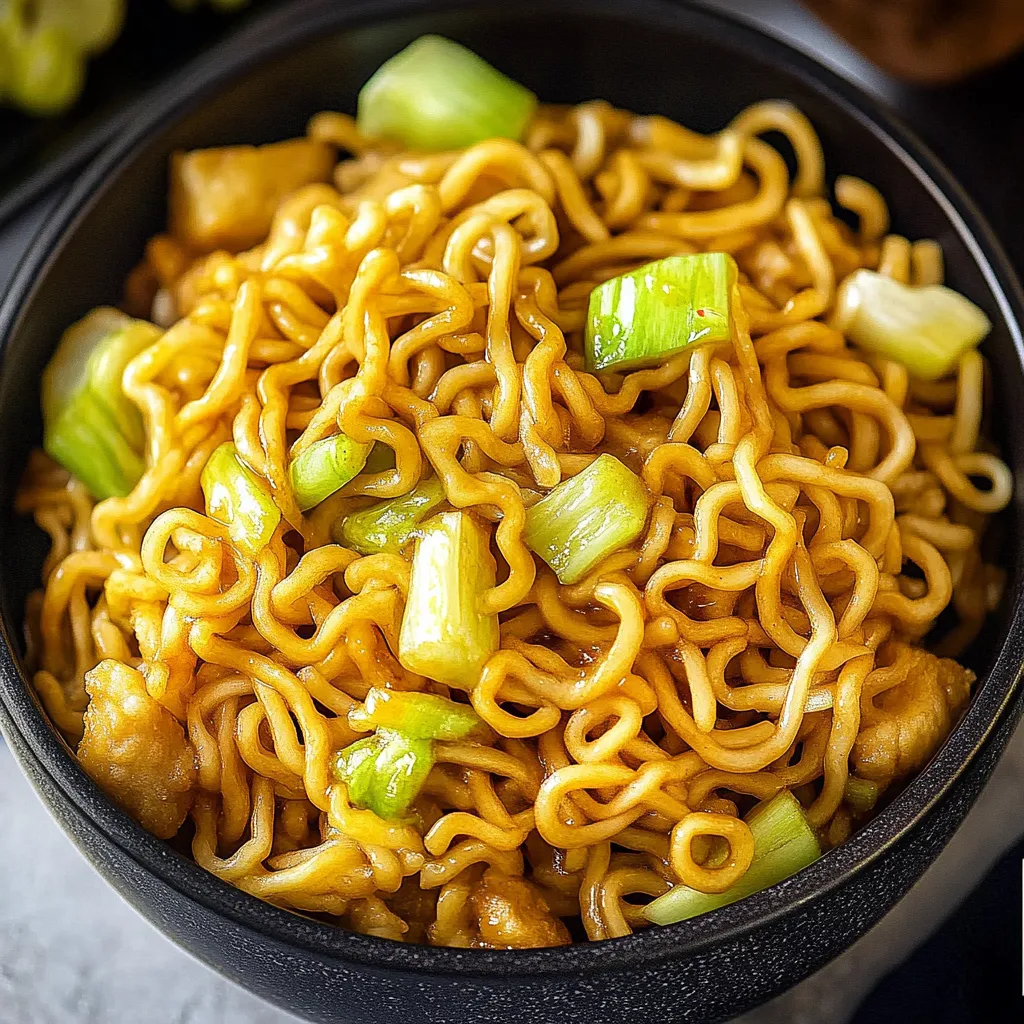 Pin it
Pin it
Grab a fork and dive into homemade noodles that taste just like the real deal - steamy, stir-fried strands mixed with crunchy veggies and wrapped in a rich brown sauce. This DIY version of Panda's famous Chow Mein brings Chinese-American flavors straight to your table. It's way easier than you'd think and gives you that perfect mix of textures that'll have you reaching for seconds before you've finished your first helping.
I brought this to share at a gathering last week and my buddy's super fussy kid actually came back for more. The trick? Getting those noodles just right through good stir-fry methods.
Key Ingredients and Smart Picks
- Yakisoba or Chow Mein Noodles: The fresh ones from the cold section give you that real-deal texture. If you can't find those, dried lo mein noodles will do the job
- Cabbage: Go for tight, fresh heads with snappy leaves that'll add that sweet crunch when they hit the pan
- Celery: Pick bright stalks that break with a snap - old, floppy ones won't give you that nice texture pop
- White Onion: This builds your flavor base and turns wonderfully sweet as it browns in the pan
- Soy Sauce: Stick with standard soy sauce, not the light stuff, to get that deep flavor and right color
- Brown Sugar: Just a sprinkle creates balance and helps everything turn that lovely golden brown
Fool-Proof Cooking Method
- Step 1: Getting Your Noodles Ready
- - For dried noodles, cook them slightly less than what the box says
- Drain well and mix with a drop of oil so they don't clump up
- Let them sit a bit before tossing in the pan for better results - Step 2: Cutting Your Veggies
- - Cut cabbage into skinny, even strips so it cooks the same all over
- Slice celery at an angle to create more surface for flavor
- Cut onion into same-sized half-circles for even cooking - Step 3: Stir-Fry Success
- - Get your pan super hot before starting
- Add veggies in this order: onions, then celery, and cabbage last
- Mix in noodles at the end, keeping everything moving in the pan
- Pour sauce in slowly, letting it bubble and darken between pours
 Pin it
Pin it
The humble celery really makes this dish pop - it gives that surprise crunch and clean taste that makes you crave the restaurant version. My grandma always told me you can tell good Chinese food by how the veggies sound when you bite them.
I've spent so much time getting this dish just right, and now I see how a handful of simple stuff can create such amazing flavor. It's all about giving each part of the dish the right attention while cooking. When you nail it, you might find yourself skipping the takeout menu next time.
 Pin it
Pin it
Frequently Asked Questions
- → Where do I find Yakisoba noodles?
- Check the produce section at your local grocery store. They often come in a set of three small packs.
- → Can sesame oil be added?
- Sure, but just a little bit! A tiny drizzle will give the dish a nice depth without overpowering it.
- → Can I toss in more veggies?
- Of course! While it's based on the classic version, carrots, sprouts, or other veggies can up the nutrition.
- → Why do my noodles keep falling apart?
- That's likely from overcooking. Heat them gently so they're warm but still hold their shape.
- → Is this good for meal prep?
- It works, but it shines when served fresh. Store in the fridge and reheat softly to avoid soggy noodles.
